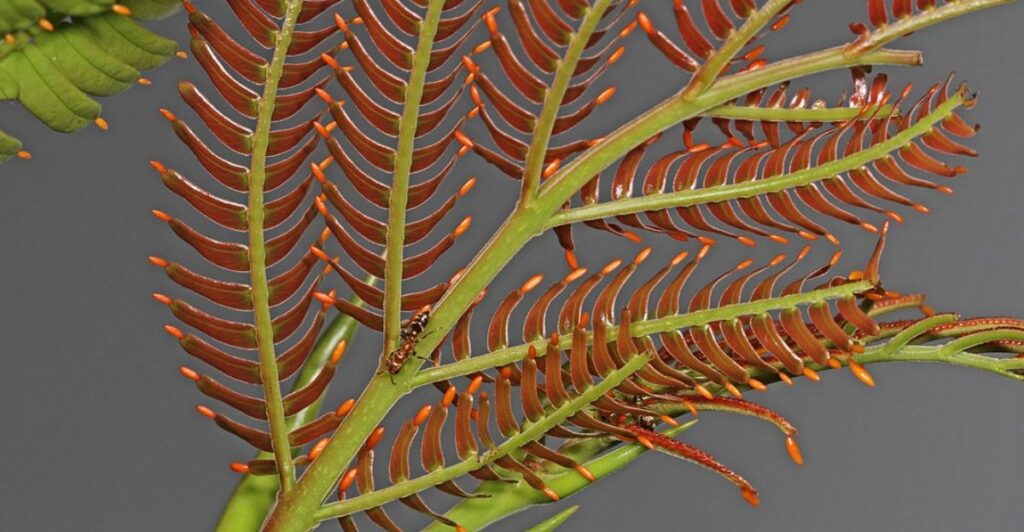
Nature’s hidden partnerships are nothing short of extraordinary. Beneath the surface, rodents plant trees, fish offer cleanups, and countless species team up in ways that defy expectations. These 12 remarkable pairs showcase how plants and animals depend on one another to thrive and survive.
1. Bats and Agave Plants
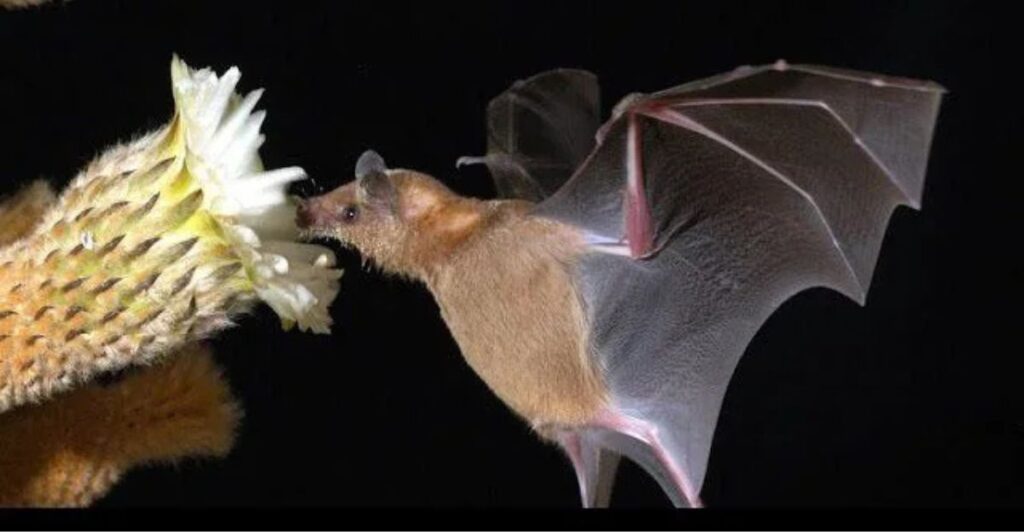
Bats play an unlikely role in helping agave plants thrive. As they dive into agave flowers for nectar, bats unintentionally pollinate them. Agave plants can’t survive without these nocturnal pollinators, and bats can’t get their fill of food without the plants.
2. Squirrels and Oak Trees
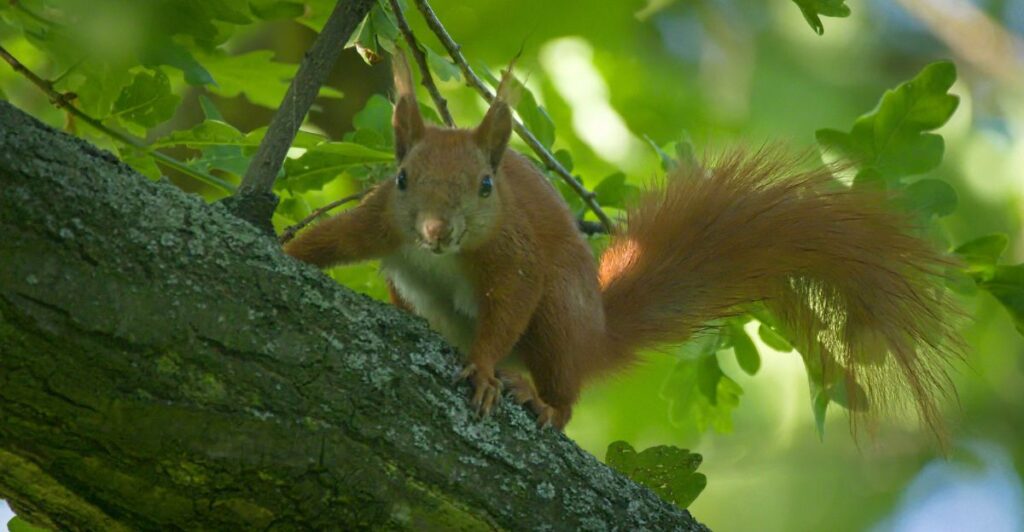
These cute little rodents unintentionally become tree planters. Squirrels bury acorns everywhere, then forget where they’ve hidden them. Some of those forgotten acorns grow into new oak trees, which means oaks are getting expanded—all thanks to a squirrel’s forgetfulness.
3. Bullhorn Acacia and Pseudomyrmex Ants
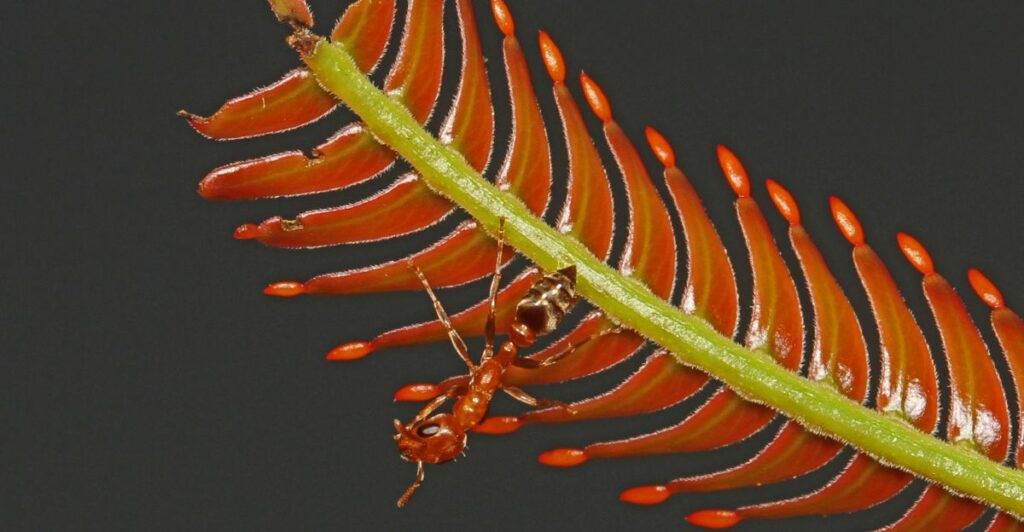
Another pair is ants and acacia trees. Acacias provide ants with food and shelter, and in return, the ants protect the trees by attacking herbivores that try to munch on the leaves. They even clear away competing plants so the acacia has plenty of room to grow.
4. Fig Trees and Fig Wasps
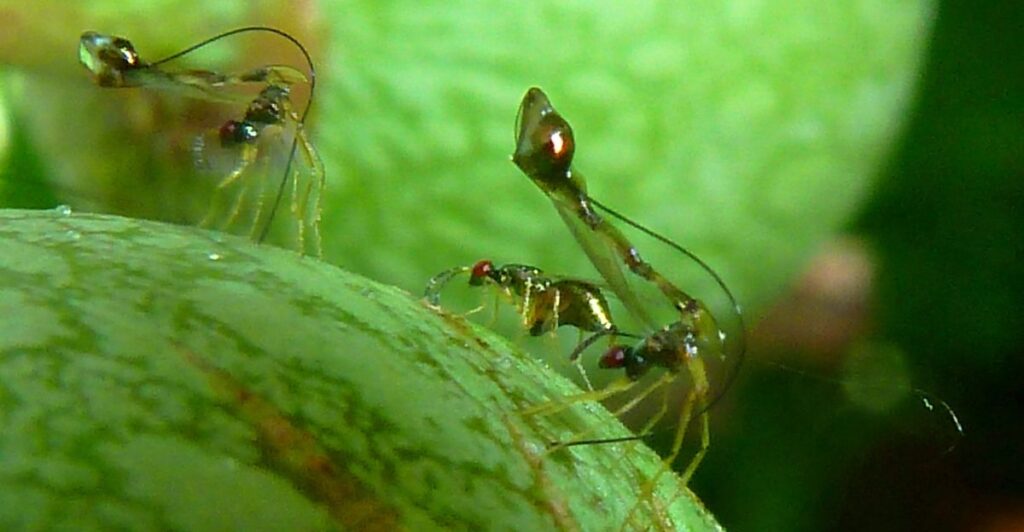
Fig trees and fig wasps have a relationship so close it’s almost impossible to separate them. Female fig wasps enter the fig through a tiny opening to lay eggs inside. While doing so, they pollinate the fig. Fig trees provide a home for the wasps’ larvae, and the cycle continues.
5. Bromeliads and Tree Frogs
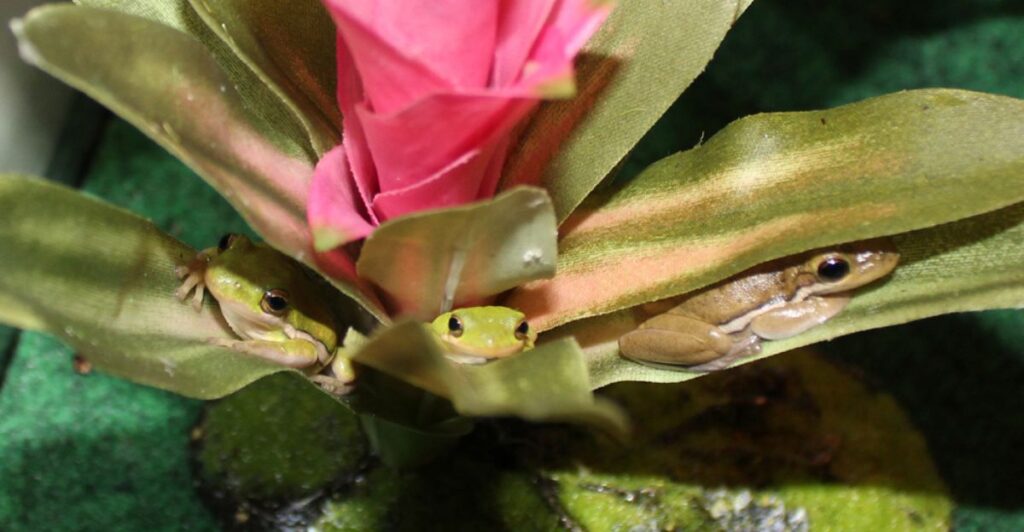
Tree frogs and bromeliads make a cozy, mutually beneficial team. The frogs use the water-filled cups of bromeliad leaves to lay their eggs. Since the leaves help frogs, they protect the plants from harmful insects by eating pests that would otherwise damage the plant.
6. Cactus and Doves
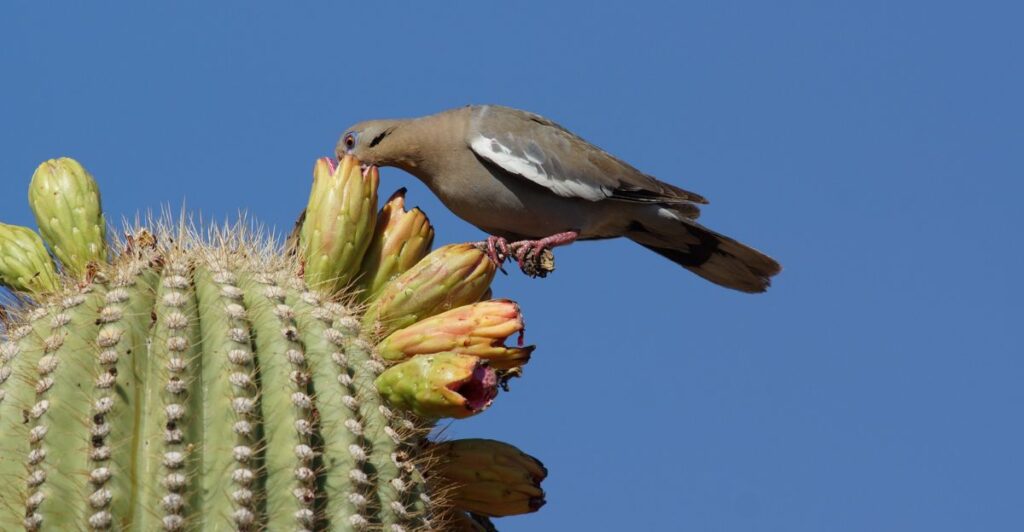
In arid deserts, doves and cacti form an unexpected alliance that is critical for survival in harsh environments. Cacti provide doves with water stored in their pads during dry seasons. In return, the doves spread seeds from the cactus, helping them to grow in new areas.
7. Pistol Shrimp and Gobies
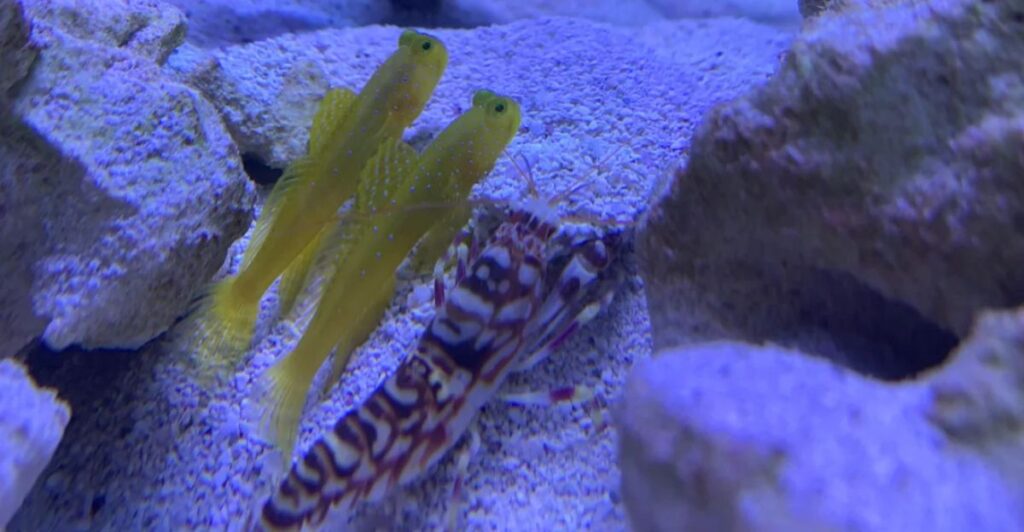
The shrimp digs and maintains a burrow that both the shrimp and the goby use for shelter. As for the goby, it uses its sharp eyesight to act as a lookout and warn the shrimp of approaching predators. It’s a perfect system for survival on the ocean’s muddy floor.
8. Mycorrhizal Fungi and Trees
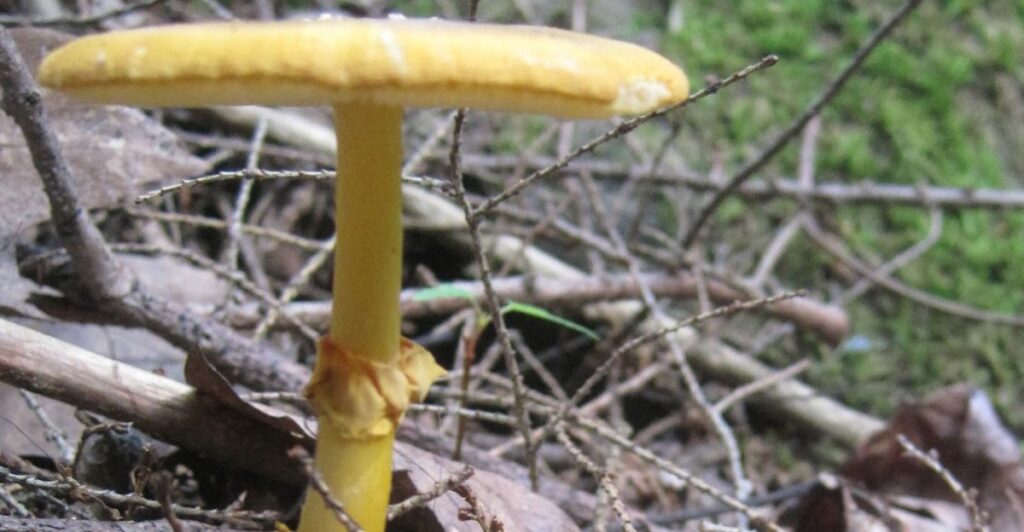
There’s a deep, symbiotic connection that goes underground: mycorrhizal fungi and trees. These fungi attach to tree roots so the trees can absorb more nutrients and water from the soil. Then, the trees share sugars from their photosynthesis with the fungi and keep them growing.
9. Coral and Zooxanthellae Algae
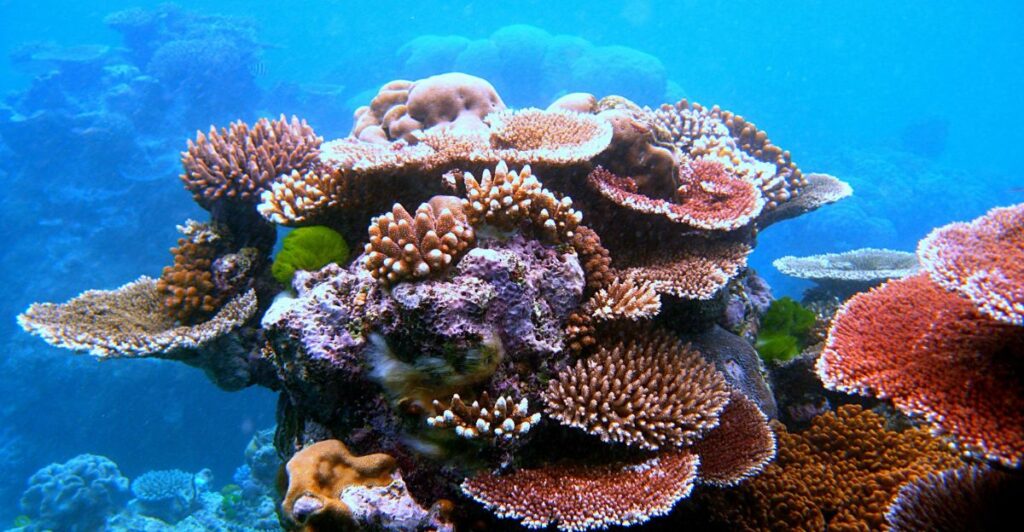
They have an ancient relationship, where the algae live inside coral polyps and perform photosynthesis to produce food for the coral. While the algae enjoy a safe space and access to sunlight, the corals thrive in harsh environments with the help of their algae guests.
10. Clownfish and Sea Anemones
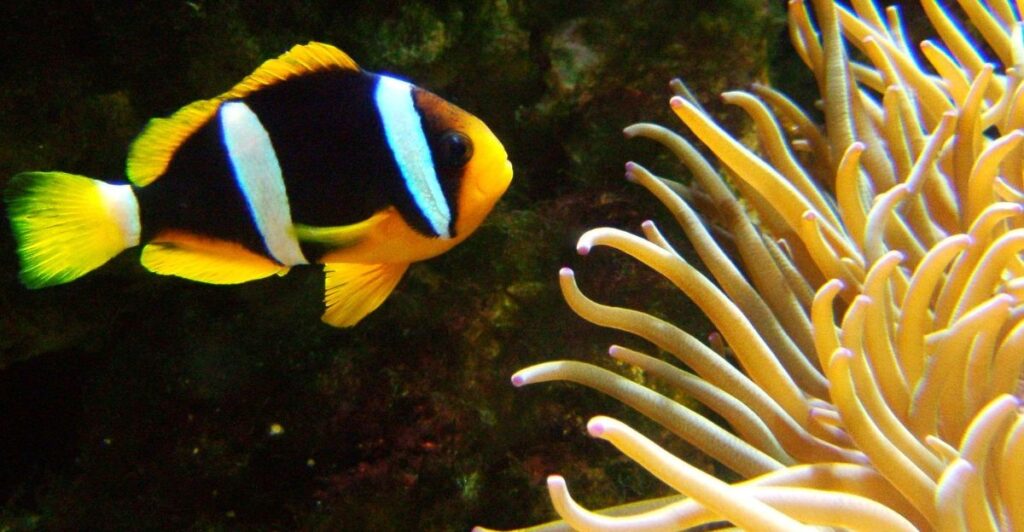
In the wild, clownfish find an unusual safe spot—inside the venomous tentacles of sea anemones. Though anemones sting many creatures, clownfish are immune and are safeguarded from predators. They help keep the anemone clean and defend it from harmful visitors.
11. Woolly Bats and Pitcher Plants
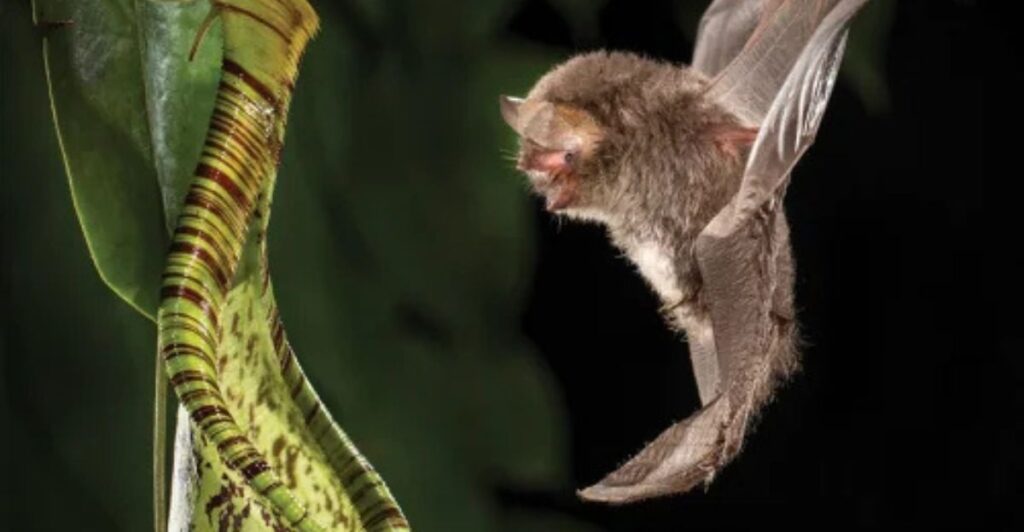
This one is a unique partnership in the rainforest. Bats roost inside the plant’s deep, pitcher-shaped leaves to use them as a cozy, protective home. As a result, the plants get nutrients through the bat’s droppings, which enrich the soil and help the plants thrive.
12. Honey Badgers and Honeyguides
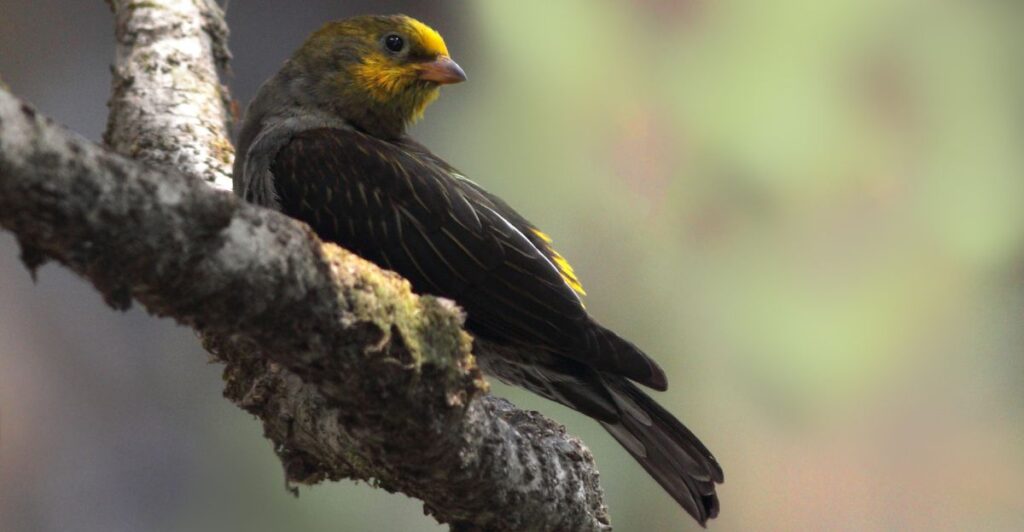
Honeyguides have figured out how to get honey badgers to do the heavy lifting. The birds lead the badgers to beehives, where the badgers tear them open. Once the honey is free, the honeyguides swoop in for the leftover larvae and beeswax. It’s a sweet deal for both.
Stay connected with us for more stories like this! Follow us to get the latest updates or hit the Follow button at the top of this article, and let us know what you think by leaving your feedback below. We’d love to hear from you!







